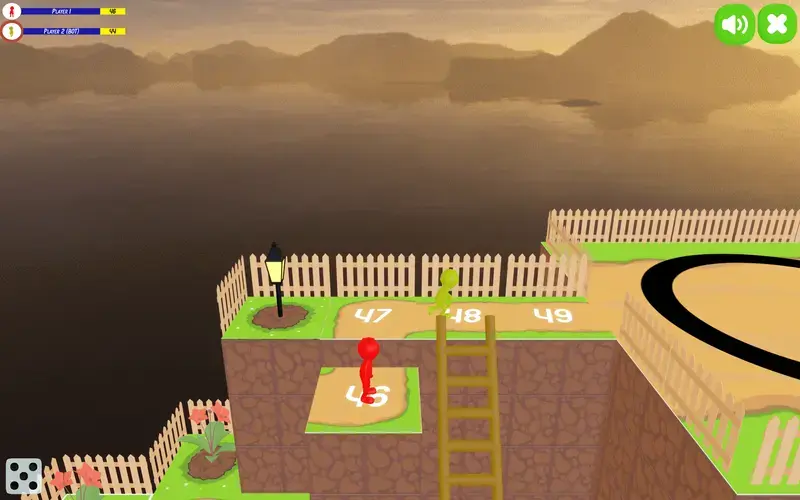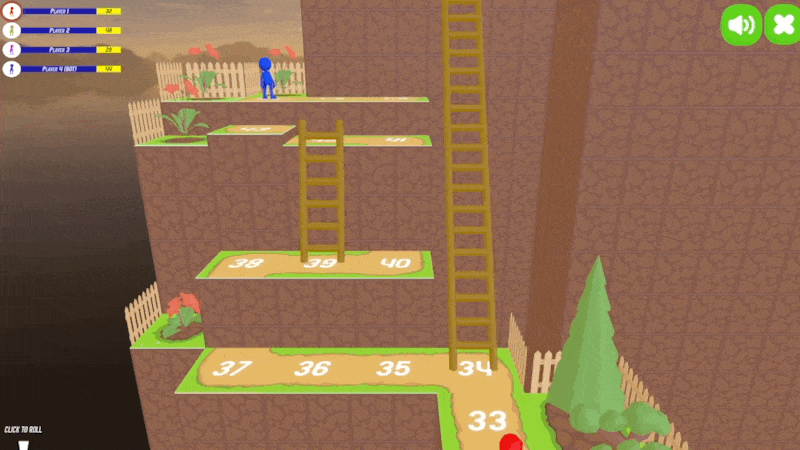Snakes and Ladders – The Complete History

The beloved board game Snakes and Ladders has been enjoyed by people of all ages. But did you know that it has a rich and fascinating history that spans centuries over several continents? Originating in ancient India, this game has evolved and transformed over time, captivating players across cultures. Join us on a journey through time as we explore the origins of Snakes and Ladders in India and follow its path to becoming a popular game in America.
The History of Snakes and Ladders
While the gameplay of Snakes and Ladders may be simple, the history of it is surprisingly interesting. Read on to learn all about the history of Snakes and Ladders, all the way from India to the current day.
Indian Origins
Snakes and Ladders, known as Moksha Patam in India, had its origins in Hindu philosophy. The game was designed to depict the journey of a soul through life, with ladders symbolizing virtues and snakes representing vices. It served as a moral teaching tool, illustrating the consequences of good and bad deeds. There is some debate over when the game was first played, with the earliest known mention of the game dating back to the 2nd century BC. However, other historians claim that the game was first played in the 10th century AD, while others claim it was created in the 13th century AD. No matter how you slice it, the history of Snakes and Ladders is one of the oldest board games in history.
As trade and cultural exchanges flourished, Snakes and Ladders found its way to different parts of Asia. The game spread to neighboring countries, including China and Japan, where it was adapted and integrated into their own cultural contexts. In each region, the game acquired unique variations but retained its underlying theme of moral lessons and the journey of life.
British Adaptation
During the British colonial era in the 19th century, the game gained prominence as a form of leisure entertainment. British officers discovered the game and introduced it to their homeland. Snakes and Ladders underwent some modifications, including the change of the original Indian board layout to a 100-square grid. The moralistic elements were gradually diminished, and the focus shifted toward a recreational experience.
As British influence expanded across the globe, so did the popularity of Snakes and Ladders. The game spread to various parts of the British Empire, including Australia, Canada, and countries in Africa. Its simplicity and accessibility appealed to people of all backgrounds and ages. Over time, the game underwent further modifications, incorporating colorful designs and engaging illustrations to enhance its visual appeal.
American Migration

Snakes and Ladders migrated to America in the late 19th century. It was introduced as a children's game and gained traction in schools and households across the country. The American version often featured the addition of chutes instead of snakes, maintaining the game's core mechanics while providing a distinct twist. Snakes and Ladders became an integral part of American board game culture, captivating generations of players.
The history of Snakes and Ladders has continued to evolve and adapt to new mediums. With the rise of technology, the classic game found its way into digital platforms, reaching a broader audience worldwide. Online versions and mobile apps have breathed new life into the game, enabling players to enjoy Snakes and Ladders across borders and time zones.
From its humble origins in ancient India as Moksha Patam to its widespread popularity in America and beyond, Snakes and Ladders has left quite the mark on the world of board games. Its journey showcases the power of a simple yet engaging concept that transcends time and cultural boundaries, making it a timeless classic cherished by players worldwide.
So now that you know the history of Snakes and Ladders, go and check it out for yourself! Take on 1, 2, or even 3 other players at a time and see who can reach the top first.